Crime Prevention Through Environmental Design (CPTED)
Crime Prevention Through Environmental Design or CPTED (pronounced sep-ted) suggests that the design of buildings, landscaping and outdoor environments can either encourage or discourage crime. CPTED attempts to minimize crime and the fear of crime by reducing criminal opportunity and fostering positive social interaction among the users of a space.
CPTED defined
The proper design and effective use of the built environment can lead to a reduction in the fear of crime and the incidence of crime, and to improvement in the quality of life. The three elements of CPTED are Territoriality, Surveillance and Access Control.
When used together, these elements strengthen total premise security and personal safety.
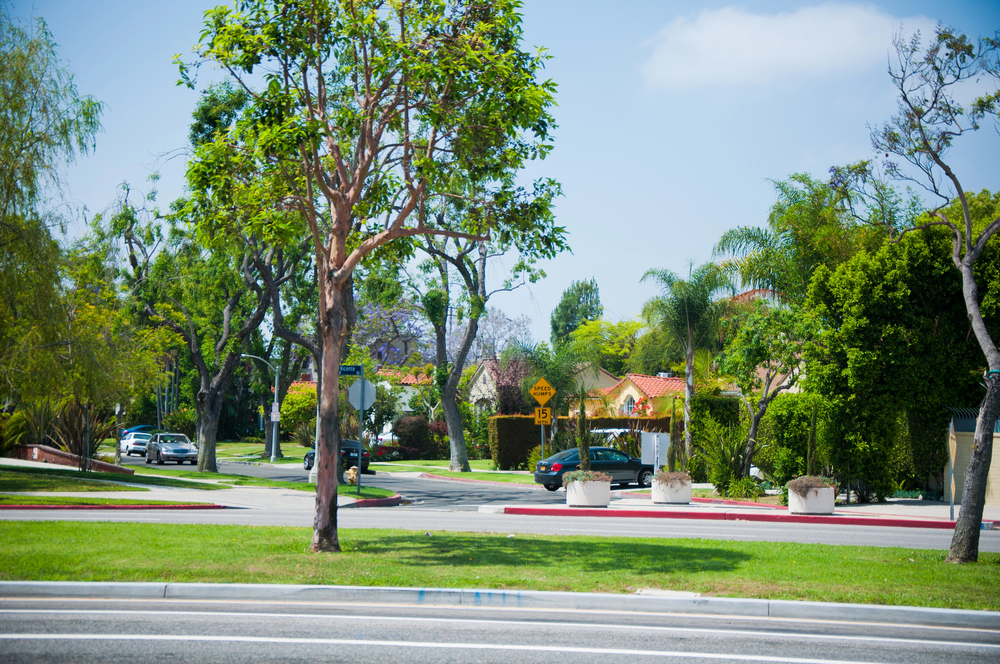
Crime Prevention Through Environmental Design (CPTED)

Crime Prevention Through Environmental Design or CPTED (pronounced sep-ted) suggests that the design of buildings, landscaping and outdoor environments can either encourage or discourage crime. CPTED attempts to minimize crime and the fear of crime by reducing criminal opportunity and fostering positive social interaction among the users of a space.
CPTED defined
The proper design and effective use of the built environment can lead to a reduction in the fear of crime and the incidence of crime, and to improvement in the quality of life. The three elements of CPTED are Territoriality, Surveillance and Access Control.
When used together, these elements strengthen total premise security and personal safety.
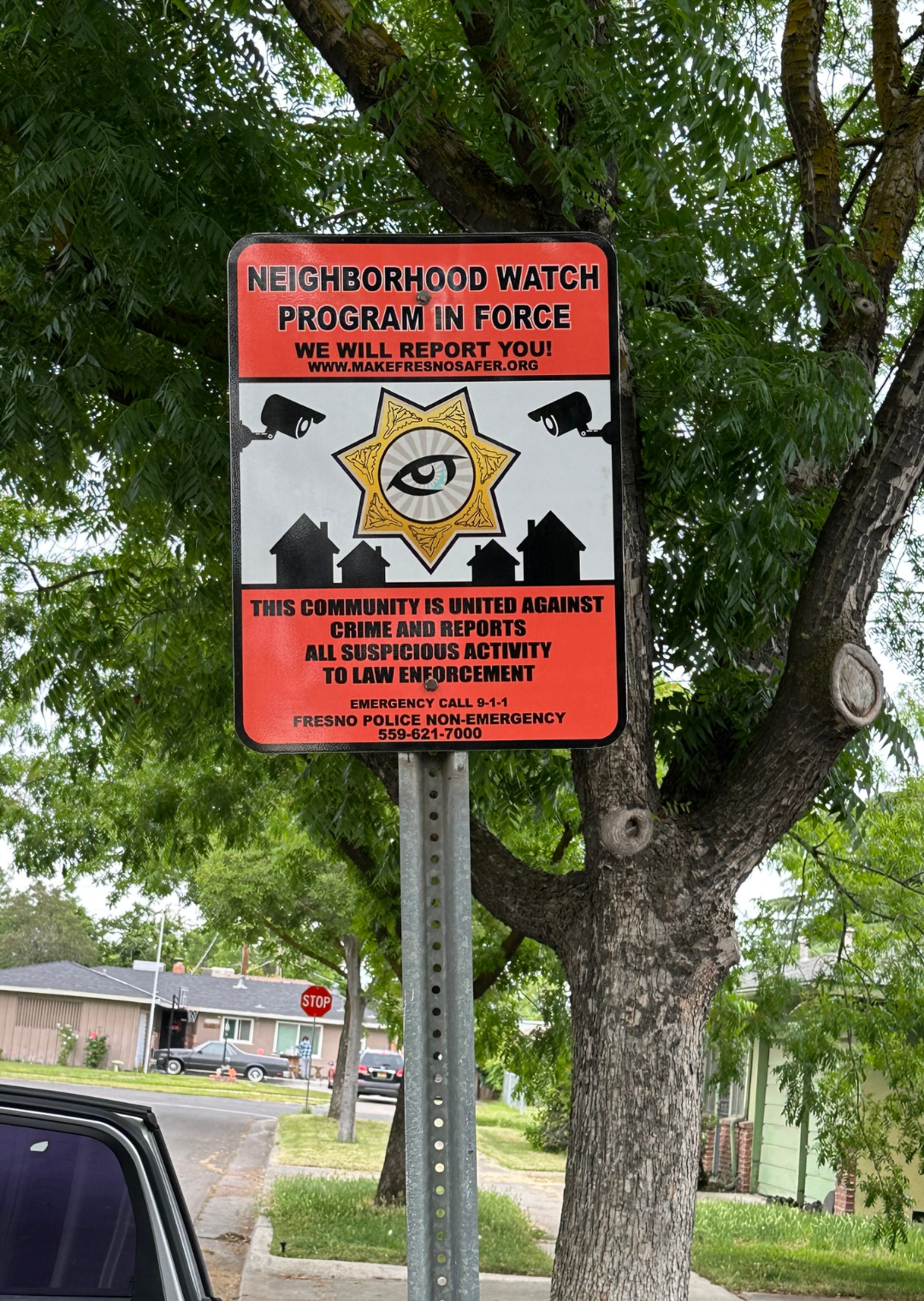
Territoriality
Territoriality is a persons’ desire to protect territory that they feel is their own and have a certain respect for the territory of others. The extent to which someone will defend territory depends on his or her personal investment in or responsibility for that property. For example, a homeowner is likely to risk his/her life to defend his home against an intruder who is threatening their spouse or child.
Here are some considerations for clearly defining your property.
- Is my property being used as a short cut?
- Does my property ever have an unkempt appearance?
- Are there seldom-used parts of my property where people loiter?
Territoriality

Territoriality is a persons’ desire to protect territory that they feel is their own and have a certain respect for the territory of others. The extent to which someone will defend territory depends on his or her personal investment in or responsibility for that property. For example, a homeowner is likely to risk his/her life to defend his home against an intruder who is threatening their spouse or child.
Here are some considerations for clearly defining your property.
- Is my property being used as a short cut?
- Does my property ever have an unkempt appearance?
- Are there seldom-used parts of my property where people loiter?
Surveillance
Criminals do not want to be seen. To defend your property you must be able to see any illegal acts taking place. Placing physical features, activities and people in ways that maximize the ability to see what is going on discourages crime.
Answering the following questions could help you evaluate the visibility of your home or business.
- Do I have surveillance cameras with motion, light and sound activation to deter intruders?
- Does landscaping obscure the view to my property from neighboring properties?
- Are all entrances, exits and parking areas illuminated?
- Are there areas around doors or windows where a person could hide?
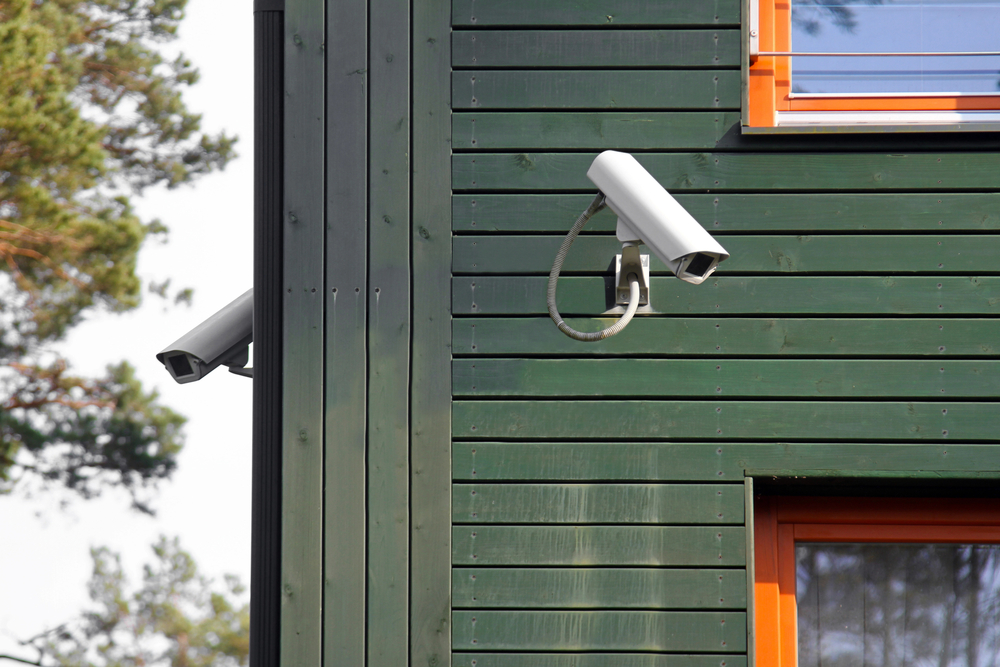
Surveillance

Criminals do not want to be seen. To defend your property you must be able to see any illegal acts taking place. Placing physical features, activities and people in ways that maximize the ability to see what is going on discourages crime.
Answering the following questions could help you evaluate the visibility of your home or business.
- Do I have surveillance cameras with motion, light and sound activation to deter intruders?
- Does landscaping obscure the view to my property from neighboring properties?
- Are all entrances, exits and parking areas illuminated?
- Are there areas around doors or windows where a person could hide?
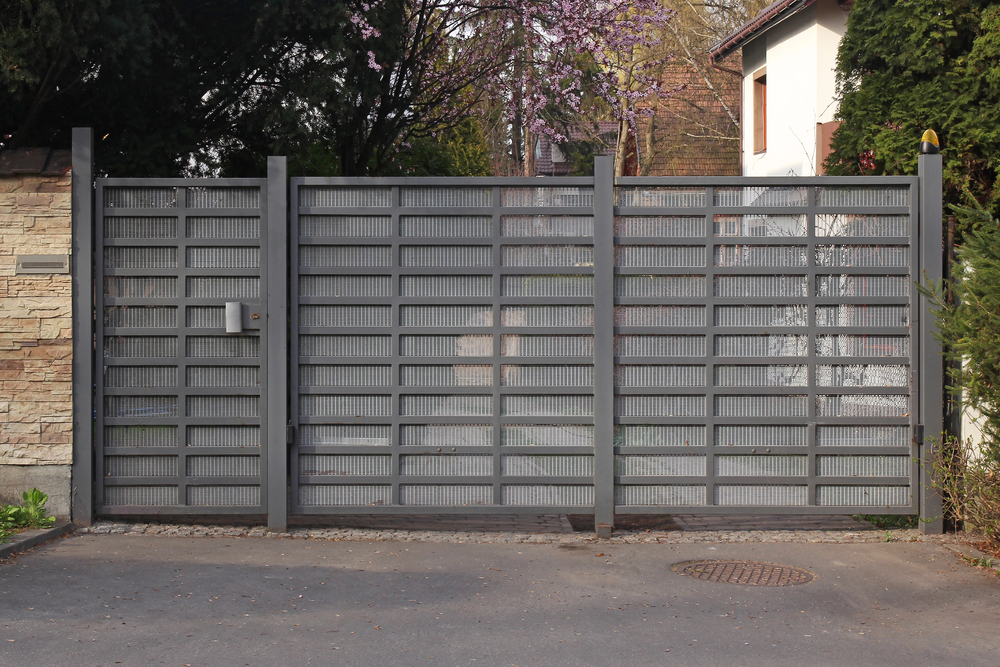
Access Control
Properly located entrances, exits, fencing and lighting can direct both foot and automobile traffic in ways that discourage crime. Access Control denies or restricts access to a crime target, and it increases the perceived risks of the offender by controlling or restricting their movement.
These factors can help you control access to your property:
- Can people trespass on my property without being seen by others?
- How many entrances and exits are there to my property?
- Do people access my property in ways other than intended?
Access Control

Properly located entrances, exits, fencing and lighting can direct both foot and automobile traffic in ways that discourage crime. Access Control denies or restricts access to a crime target, and it increases the perceived risks of the offender by controlling or restricting their movement.
These factors can help you control access to your property:
- Can people trespass on my property without being seen by others?
- How many entrances and exits are there to my property?
- Do people access my property in ways other than intended?
Prevention Strategies
- Design space to increase natural surveillance.
- Install surveillance cameras with motion detection, light and sound activation.
- Provide clearly marked transitional zones that indicate movement from public to semi-private to private space.
- Devalue the perceived benefit of burglarizing your home by keeping valuables out of sight.
- Deny easy access to your home by locking all doors and windows.
- Maintain your property well; keep your front yard and driveways clean, keep lawns mowed, hedges trimmed and your home in good repair.
Crime decreases if the opportunity to commit crime is reduced or eliminated. CPTED works by eliminating criminal opportunities in and around your property. This can result in your property being a less appealing target. Lack of maintenance tends to make people feel unsafe and feel that undesirable behavior occurs here.
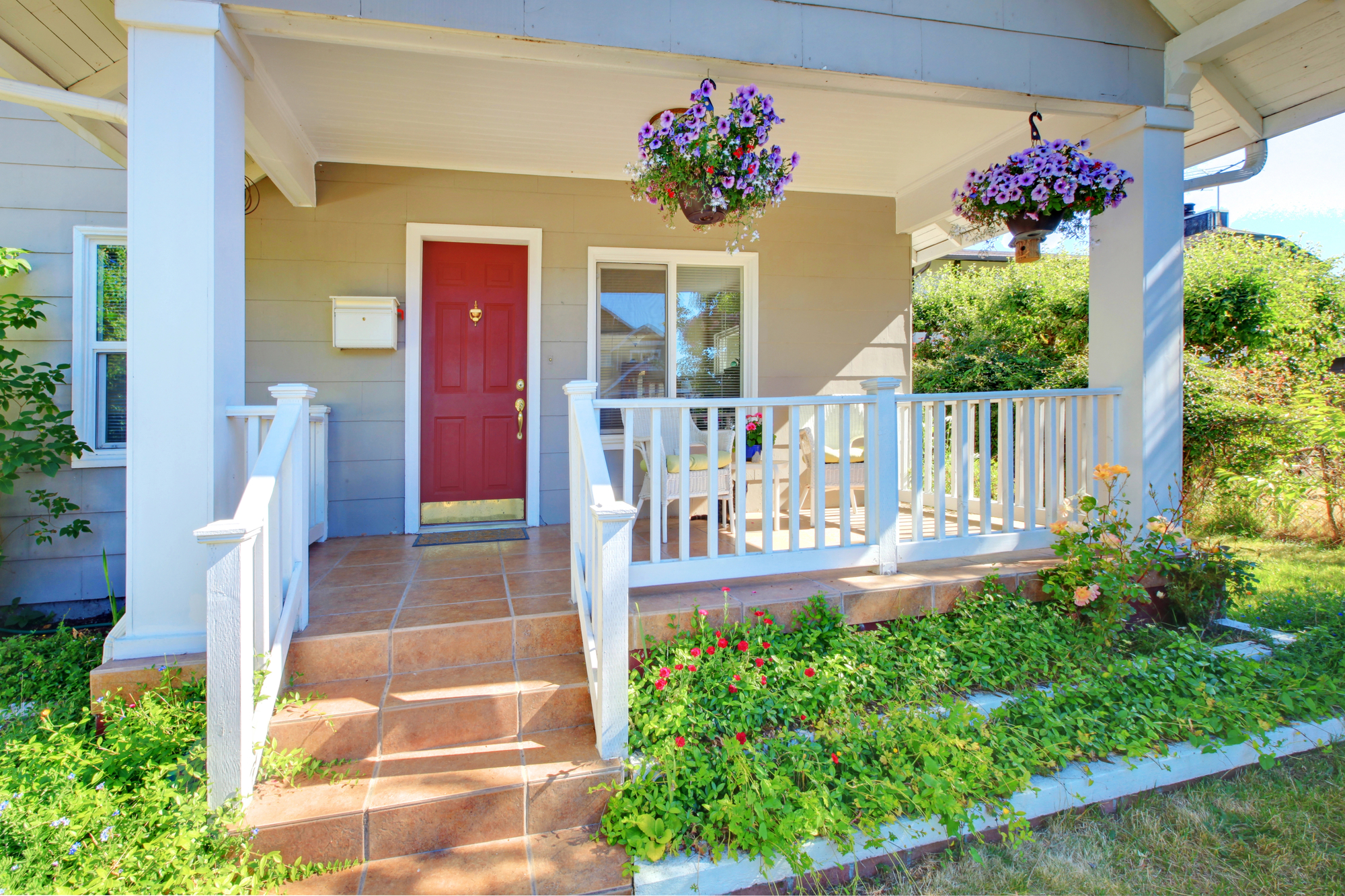
Prevention Strategies

- Design space to increase natural surveillance.
- Install surveillance cameras with motion detection, light and sound activation.
- Provide clearly marked transitional zones that indicate movement from public to semi-private to private space.
- Devalue the perceived benefit of burglarizing your home by keeping valuables out of sight.
- Deny easy access to your home by locking all doors and windows.
- Maintain your property well; keep your front yard and driveways clean, keep lawns mowed, hedges trimmed and your home in good repair.
Crime decreases if the opportunity to commit crime is reduced or eliminated. CPTED works by eliminating criminal opportunities in and around your property. This can result in your property being a less appealing target. Lack of maintenance tends to make people feel unsafe and feel that undesirable behavior occurs here.
